In a digital landscape where consumers prize authenticity, influencers have become integral to social media advertising. Here’s why the most prosperous brands are turning to micro-influencers to market their products, and how yours can do the same.
What is a micro-influencer?
Undeniably, influencers maintain some of the strongest online presence across social media. Influencer Marketing Hub defines influencers as “users who have built reputations for their knowledge and expertise on specific topics.” In order to access these creators’ followings, brands opt to collaborate with channel owners, providing monetary compensation to endorse their products. Influencer followings vary in immensity, spurring categories of users contingent upon platform size.
A micro-influencer maintains a social media following smaller than a celebrity’s, but larger than the average user’s, ranging from 10-100K. Similarly, nano-influencers boast 1-10K followers, macro-influencers possess audiences of 100K-1M, and celebrities or mega-influencers surpass the 1M mark.
Benefits of working with micro-influencers
Why do brands prioritize partnerships with micro-influencers over those with content creators of other magnitudes? Micro-influencers sustain the ideal number of followers for overall visibility, prompting a host of advertising benefits for the companies with whom they partner.
1. Micro-influencers are more affordable
Every business’s objective is to generate the most promotion for their brand at the lowest possible price. Macro and mega-influencers reach immense audiences, and consequently, can charge hundreds of thousands of dollars per campaign. Micro-influencers prove a vastly inexpensive choice, by comparison, their content garnering manifold views at cost-effective rates.
Accordingly, brands have the capacity to budget multiple collaborations across diverse audiences. Influencer Marketing Hub provides further price point data, sharing that current product placement in one micro-influencer post or video ranges from $100-500 on Instagram, $25-125 on TikTok, $20-100 on X, $250-1,250 on Facebook, and $200-1000 on YouTube.
2. Micro-influencers maintain the highest engagement
While celebrities and mega-influencers possess millions of followers, their engagement rates are appreciably lower. Larger creators are consistently associated with lower interaction ratios across social media, accounting for bots, inactive accounts, and users lacking a vested interest in whom they follow.
Creators in the 10-100K range make a concerted effort to build a community among their followers, fostering parasocial relationships with them. Therefore, micro-influencers maintain engagement rates ranging from 5-9%, while users of celebrity status see roughly 2% of their followers leaving impressions on content. Brand collaborations with micro-influencers are indisputably more organic– and more likely to drive sales.
3. Micro-influencers assimilate into specific niches
Often household names, mega-influencers are far less likely to possess expertise within a specific niche. Conversely, micro-influencers immerse themselves in specific communities, amassing followers through hobby-oriented content creation. Whether they provide BookTok recommendations, share recipes, or practice calligraphy, there are endless online circles through which creators can find success.
Brands further leverage their products by collaborating with users that cultivate industry-related followings. For instance, Co-Star Astrology will find greater success partnering with a niche celestial micro-influencer as opposed to a celebrity whose audience is not centered around planetary transits.
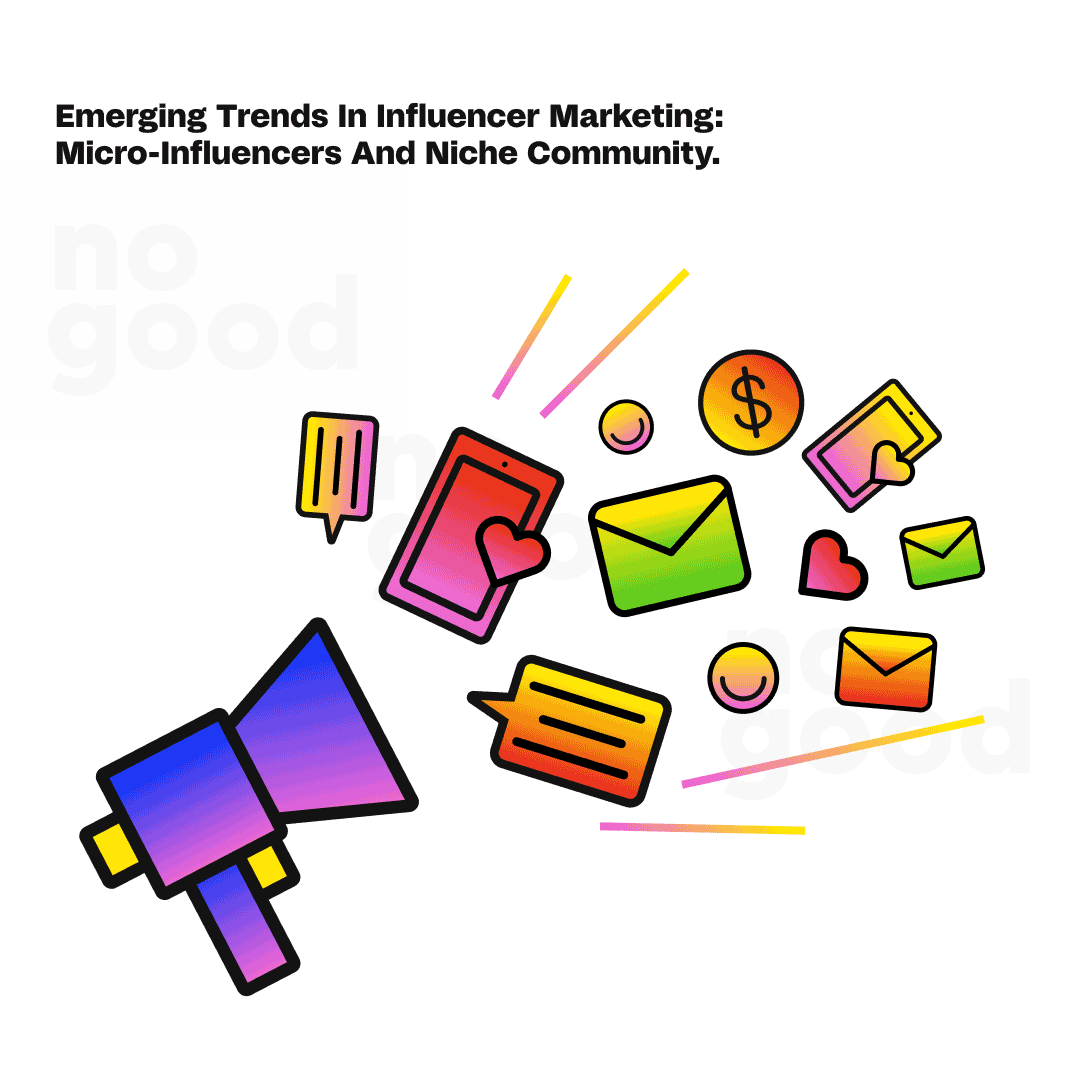
Factors to consider when selecting micro-influencers
1. Creator aesthetic and image
Do these users exhibit the atmosphere, personality, or design choices your brand underscores? Collaboration with micro-influencers that uphold your advertising aesthetic will prove particularly fruitful, as users that connect with a micro-influencers digital curation will be inherently enticed by your products as well.
2. Audience diversity
Which demographics compose your brand’s consumers? Do the micro-influencers with whom you partner possess these audiences, new populations you’re seeking to attract, or a combination of these groups? Alignment between influencers’ followings and your target consumer base is a critical consideration.
3. Psychographics
Do the audiences of micro-influencers interact with similar accounts or specific creators? Monitoring their followers’ habits, digital preferences, trend participation, and other followed users will prove a vital asset to your brand.
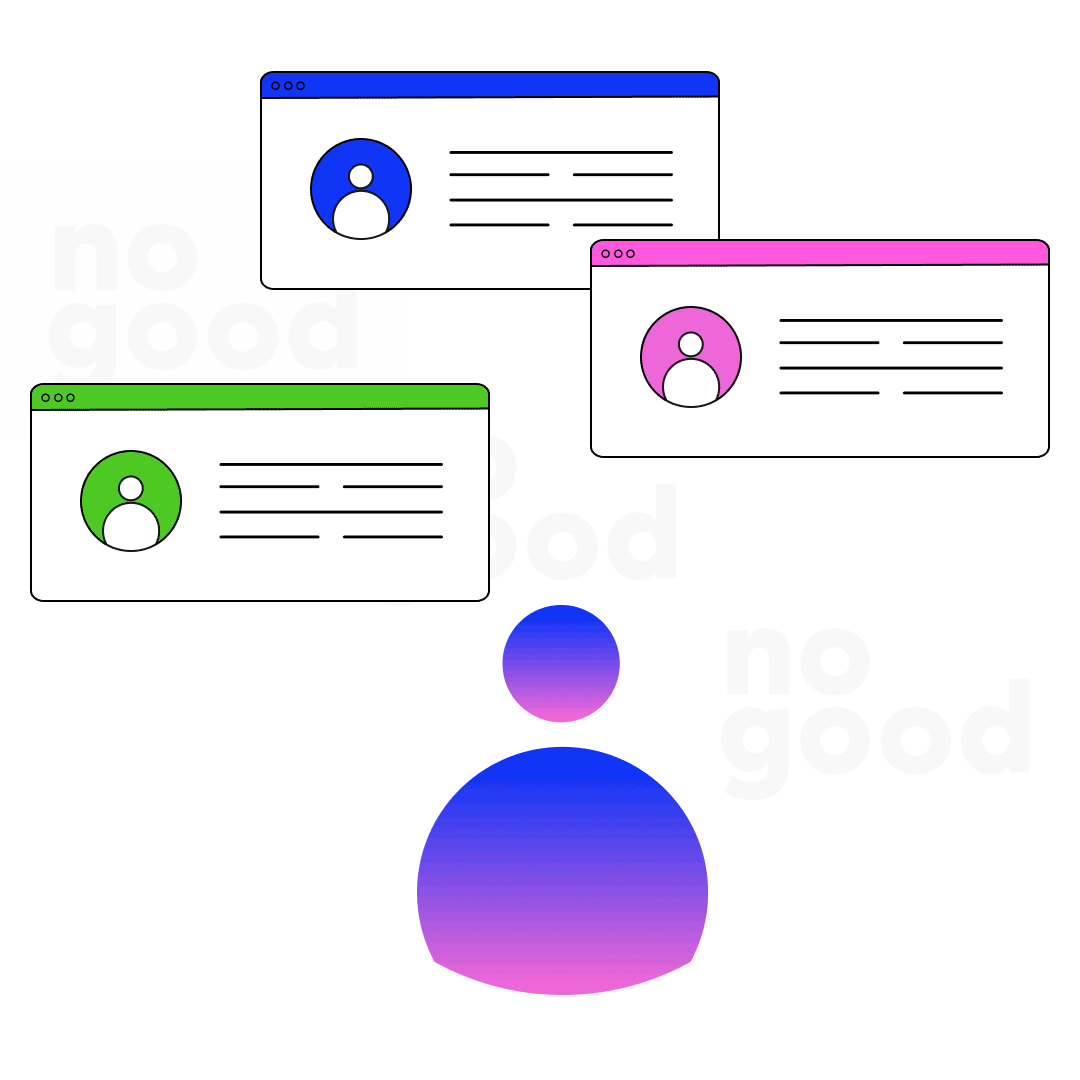
How to locate micro-influencers
1. Consult an influencer marketing agency
Nowadays, entire agencies are dedicated to connecting brands with industry-specific influencers, handling contracting and payment to relieve your company of time-consuming tedium. Many of these agencies also draft campaigns between parties, detailing brand goals and assessing influencer capability in achieving them. Influencer Marketing Hub ranks Grin, Creator.co, and Brandwatch among the country’s top agencies of 2023.
2. Assess your own followers
Many influencers will follow the brands with whom they aspire to collaborate– chances are there are already compelling contenders engaging with your content. Searching key terms within your Followers tab, like “makeup” for a cosmetics brand, will populate users with product-associated handles or bios.
3. Take advantage of search engines
In 2023, there are dozens of websites and articles designed for brands to locate distinct influencers. A quick search for “New York fitness micro-influencers” may help an athleisure company land its next collaboration– Google is your best friend. Influencer search tools prove equally effective, like Upfluence and HypeAuditor.
4. Peruse hashtags
Every online niche is riddled with specific hashtags, like #bookstagram, #plantmom, or #butfirstcoffee. Scrolling through these community-oriented digital hubs will introduce you to an assortment of micro-influencers who take advantage of hashtags to grow their followings.
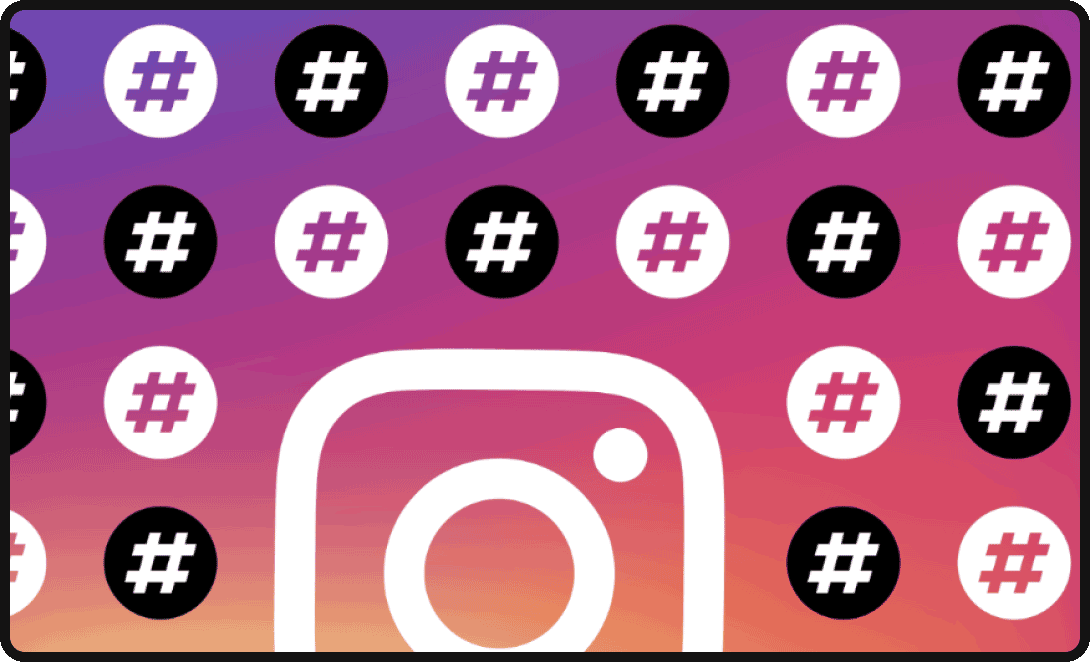
Examples of brands successfully utilizing micro-influencers
1. Bloom Nutrition
The wellness and supplement company that’s taken the Internet by storm, Bloom Nutrition was launched by fitness icon Mari Llewellyn in 2019. At its inception, Bloom drove most of its sales almost exclusively through TikTok. The company chose to collaborate with seemingly every health-oriented, Gen Z, female micro-influencer it could find.
Consequently, Bloom’s Greens & Superfoods became a fundamental component of these creators’ morning routines, workout regimens, and daily habits, all documented online. The company quickly became a viral sensation, with young girls yearning to assimilate into the pervasive wellness culture of their TikTok feeds’ micro-influencers.

2. Glossier
Glossier aims to make each of its customers feel like influencers, frequently highlighting their testimonials across social media platforms. This tactic, along with a powerful brand ambassador program, have cemented Glossier’s status as one of the top names in the beauty realm. Glossier offers customized landing pages for its ambassadors, where users feel connected to their favorite micro-influencers through lists of favorite products, cosmetic tips and tricks, and amusing personal anecdotes.
The company also provides sales commissions to its collaborators, alluring prospective brand partners and their followers to purchase from Glossier.
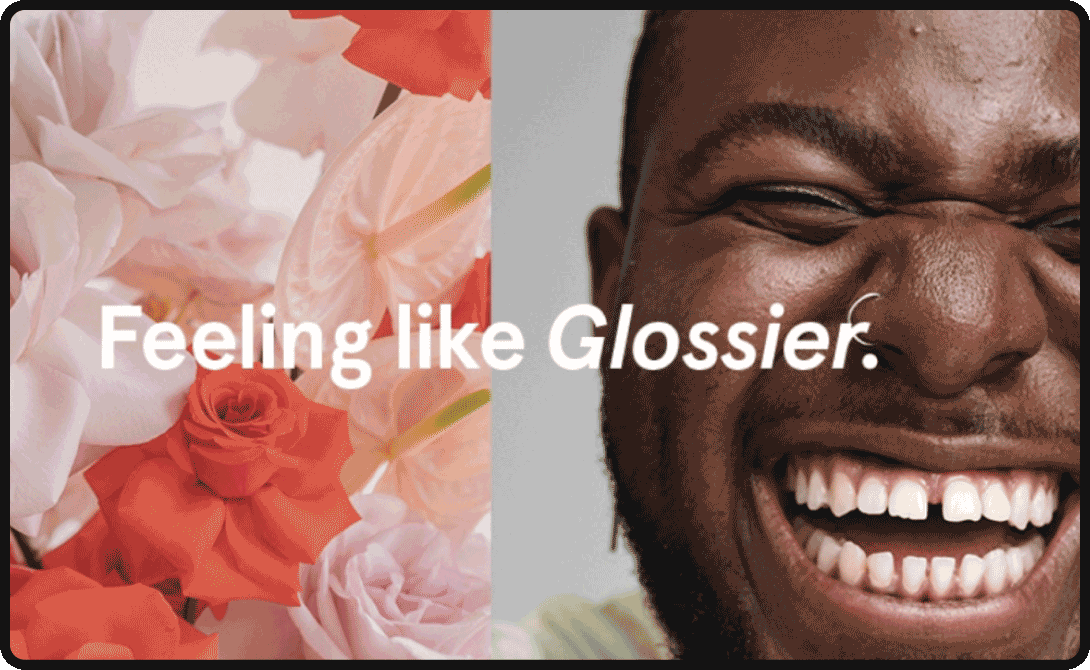
3. Chamberlain Coffee
Gen Z’s most esteemed coffee brand, Emma Chamberlain founded her namesake company in 2020. The Internet star’s business quickly took off thanks to her careful partnership choices and formidable brand presence. Debuting at TikTok’s peak, Chamberlain Coffee heavily relied on short-form video content to generate its primary sales.
At the products’ core, their charm is aesthetic packaging and creative promotional content. Sticking with this theme, Chamberlain Coffee prizes visual appeal and continuity when partnering with micro-influencers. By pursuing creators with minimalistic, natural, and playful feeds, consumers purchase Chamberlain Coffee to attain the aesthetic of their favorite social media figures.
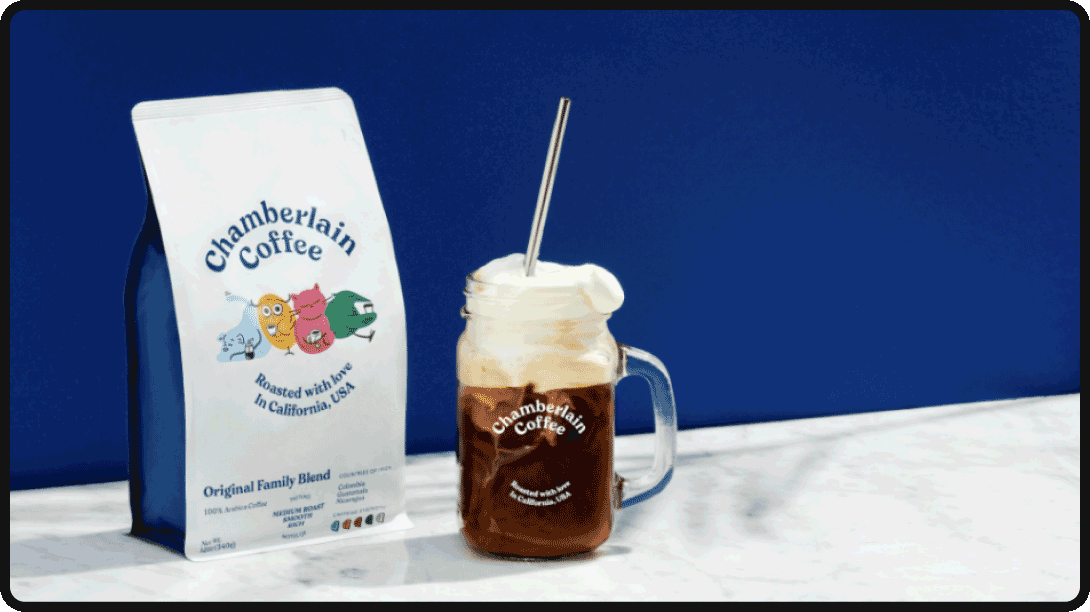
4. Birthdate Co.
Launched in 2019, Birthdate Co. is the one-stop shop for lovers of astrology and home decor. Their extensive array of candles, customized for every birthday, became the brand’s wildly successful sales pillar, largely thanks to Birthdate Co.’s collaborations with micro-influencers and affiliate registration program. The brand scouts ambassadors within planetary online communities, catapulting their brand into viral acclaim on TikTok and Instagram alike.
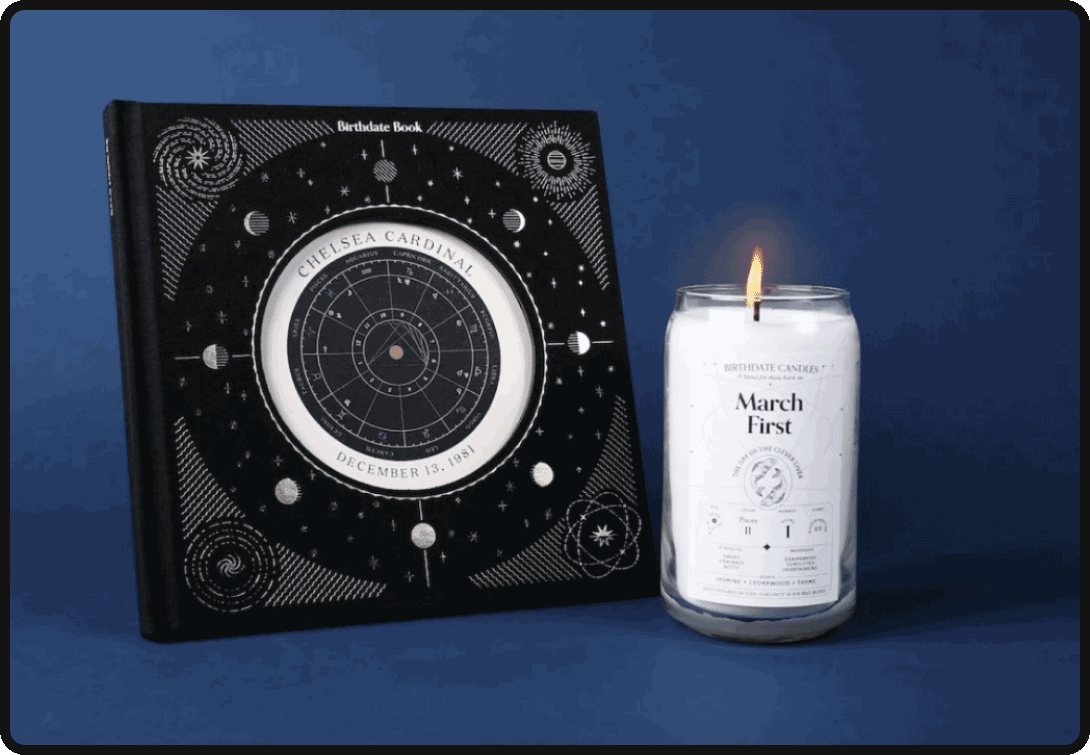
Micro-influencing takeaways
In the ever-evolving landscape of digital marketing, one trend has emerged as a game-changer: the rise of the micro-influencer. In a world where authenticity is paramount and social media users are becoming increasingly discerning, micro-influencer marketing has proven to be a powerful strategy for brands looking to connect with their target audience. In this conclusion, we’ll delve into the key takeaways of why micro-influencers are the future of influencer marketing, how to find the right ones, and examples of brands that have successfully harnessed their potential.
Micro-influencer marketing is all about tapping into the power of niche audiences. Unlike mega-influencers and celebrities with millions of followers, micro-influencers have a more modest but highly engaged follower base, typically ranging from 10,000 to 100,000. This makes them an ideal choice for brands looking to reach specific demographics or communities within the vast social media landscape. By partnering with micro-influencers who align with your brand’s values and aesthetics, you can create a more genuine connection with your target audience.
One of the most compelling reasons to embrace micro-influencer marketing is affordability. While macro and mega-influencers can command exorbitant fees, micro-influencers offer cost-effective collaborations. These partnerships not only stretch your marketing budget but also provide a greater return on investment. With a well-planned strategy, you can work with multiple micro-influencers to diversify your reach and connect with different segments of your target audience.
Engagement is the lifeblood of social media, and micro-influencers excel in this regard. Their smaller, more dedicated followings result in higher engagement rates, typically ranging from 5% to 9%. This means that when micro-influencers promote your brand, their audience is more likely to take notice, trust the recommendation, and convert into customers. In contrast, celebrities often struggle to maintain meaningful engagement due to a large portion of their followers being inactive or uninterested.
Micro-influencers are also masters of niche content. They immerse themselves in specific communities, whether it’s fitness, astrology, or coffee culture. This level of specialization allows them to create content that resonates deeply with their followers, making brand collaborations more organic and authentic. When your brand partners with a micro-influencer who shares your niche audience, you’re more likely to see not just increased visibility but also higher conversion rates.
Finding the right micro-influencers for your brand involves considering factors like their aesthetic, audience diversity, and psychographics. Ensure that their content aligns with your brand’s image, and their followers represent your target demographics. Monitor their followers’ digital habits and preferences to ensure a seamless fit.
To locate these relevant micro-influencers, you can consult influencer marketing agencies, explore your own followers, leverage search engines, and peruse hashtags. These methods will help you identify the ideal partners who can authentically represent your brand to their engaged audience.
Examples of brands like Bloom Nutrition, Glossier, Chamberlain Coffee, and Birthdate Co. showcase the immense potential of micro-influencer marketing. They leveraged the unique strengths of micro-influencers to build engaged communities, foster user-generated content, and generate social proof. These success stories demonstrate that quality content, when shared through micro-influencers, can create a powerful ripple effect, driving sales and brand loyalty.
As the digital marketing landscape continues to evolve, micro-influencers have emerged as key players. Their ability to connect with niche audiences, drive engagement, and provide a strong return on investment makes them an invaluable asset to any marketing strategy. By partnering with the right micro-influencers and delivering quality content, your brand can harness the full potential of this marketing powerhouse, achieving next-level virality and success in the ever-competitive world of social media advertising.
Taking advantage of micro-influencer tools, collaborations, and the unparalleled engagement rates they spur will propel your brand into next-level virality.






